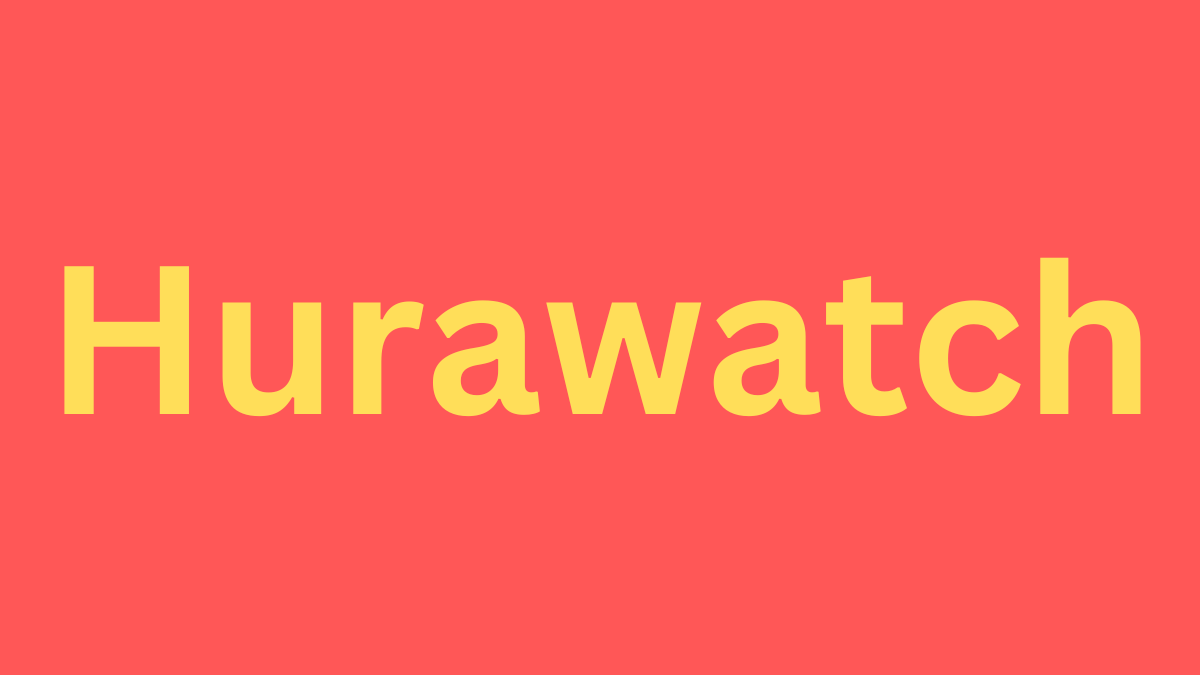backgrounds play a crucial role in shaping the aesthetics and usability of any visual content. Whether it’s a website, a mobile application, a presentation, or even a simple graphic, the background sets the tone and context for the entire piece. In this comprehensive guide, we will delve into the concept of backgrounds in design, exploring their importance, types, and best practices. By the end of this article, you will have a solid understanding of how to create and use backgrounds effectively in your design projects.
What Are Backgrounds in Design?
Backgrounds in design refer to the underlying visual layer that provides context and support to the primary content. They can be simple or complex, static or dynamic, and can be composed of colours, patterns, images, or gradients. The purpose of a background is to enhance the overall design by providing contrast, depth, and a cohesive look and feel.
The choice of background can significantly impact the perception of the design. For instance, a dark, textured background can evoke a sense of mystery and sophistication, while a light, airy background can create a feeling of openness and simplicity. Therefore, understanding how to select and Design:5exwzo_yaxi= Backgrounds is essential for any designer.
Importance of Backgrounds in Design
1. Enhancing Visual Appeal
Backgrounds are the foundation of any design. A well-chosen background can make a design look more polished and professional, while a poorly chosen one can detract from the overall appeal. The background helps to frame the primary content, guiding the viewer’s attention and creating a visually pleasing experience.
2. Providing Context
Backgrounds can help convey the theme or mood of the design. For example, a nature-themed background might include elements like trees, mountains, or water, which immediately set the context for the viewer. This contextualisation is crucial for effective communication in design.
3. Improving Readability
A good background enhances the readability of the text and other elements in the design. By providing the right amount of contrast, a background can make text stand out without overwhelming it. This is particularly important in web and mobile design, where readability is key to user experience.
4. Creating Depth and Dimension
Backgrounds can be used to create a sense of depth and dimension in a design. By using techniques like gradients, shadows, and layering, designers can make a flat design appear more three-dimensional, adding interest and complexity.
5. Brand Consistency
In branding, consistency is key. Backgrounds play a significant role in maintaining brand identity across different platforms and mediums. By using consistent background styles, colours, and patterns, brands can ensure that their visual identity remains cohesive and recognisable.
Types of Backgrounds in Design
1. Solid Colour Backgrounds
Solid colour backgrounds are one of the simplest and most versatile types of backgrounds. They consist of a single colour that serves as the backdrop for the design. Solid colour backgrounds are often used in minimalistic designs where the focus is on the content rather than the background.
Advantages:
- Easy to create and implement.
- Versatile and adaptable to different designs.
- Can be used to create contrast with the foreground content.
Disadvantages:
- May appear flat or uninteresting if not paired with the right elements.
- Limited in terms of creativity compared to other background types.
2. Gradient Backgrounds
Gradient backgrounds involve a gradual transition between two or more colours. They add depth and dimension to a design, making it more visually appealing. Gradients can be linear, radial, or angular, depending on the direction of the colour transition.
Advantages:
- Adds depth and visual interest.
- Can create a smooth and harmonious look.
- Versatile in terms of colour combinations.
Disadvantages:
- Can be challenging to get the right balance of colours.
- May not work well with all types of content.
3. Image Backgrounds
Image backgrounds use photographs or illustrations as the backdrop for the design. They are highly effective in conveying a specific theme or emotion and are commonly used in websites, advertisements, and social media graphics.
Advantages:
- Highly impactful and can convey complex ideas.
- Versatile and can be used across different mediums.
- Can evoke strong emotions and create a memorable experience.
Disadvantages:
- Can overpower the content if not used carefully.
- May affect loading times on digital platforms.
- Requires high-quality images to avoid pixelation.
4. Patterned Backgrounds
Patterned backgrounds involve repeating elements, such as shapes, lines, or textures, to create a cohesive design. Patterns can be subtle or bold, depending on the overall aesthetic of the design.
Advantages:
- Adds texture and complexity to a design.
- Can be used to create a unique and recognisable style.
- Works well in both digital and print mediums.
Disadvantages:
- Can be distracting if too complex or busy.
- Requires careful consideration of scale and repetition.
5. Textured Backgrounds
Textured backgrounds mimic the appearance of physical textures, such as wood, fabric, or paper. They add a tactile quality to the design, making it feel more organic and tangible.
Advantages:
- Adds a sense of realism and depth.
- Can evoke specific feelings or memories.
- Works well in designs that aim to create a natural or handcrafted look.
Disadvantages:
- Can be challenging to balance with other design elements.
- May not work well in minimalistic designs.
6. Abstract Backgrounds
Abstract backgrounds use non-representational shapes, colours, and forms to create a visually intriguing design. They are often used in modern and creative designs where the focus is on aesthetics rather than specific imagery.
Advantages:
- Highly creative and unique.
- Allows for a wide range of interpretations.
- Works well in artistic and experimental designs.
Disadvantages:
- May not be suitable for all types of content.
- Can be difficult to balance with other design elements.
Best Practices for Designing Backgrounds
1. Prioritise Simplicity
While backgrounds can add a lot to a design, it’s essential to keep them simple and not let them overpower the content. A busy or overly complex background can distract from the main message of the design. Aim for a balance where the background enhances rather than detracts from the content.
2. Consider Colour Contrast
Colour contrast is crucial for readability and visual hierarchy. Ensure that there is enough contrast between the background and the foreground elements, especially text. For instance, light text on a dark background or vice versa can improve readability.
3. Align with the Overall Theme
The background should complement the overall theme and purpose of the design. For example, a corporate website might benefit from a clean, professional background, while a creative portfolio could use a more artistic and bold approach.
4. Optimise for Different Devices
With the increasing use of mobile devices, it’s essential to design backgrounds that are responsive and look good on all screen sizes. Consider how the background will appear on different devices and ensure that it scales appropriately without losing quality.
5. Use High-Quality Images
If you’re using image backgrounds, always opt for high-resolution images. Low-quality images can appear pixelated and unprofessional, especially on larger screens. Ensure that the image is crisp and clear, and consider using image compression tools to reduce loading times without sacrificing quality.
6. Experiment with Layers and Transparency
Adding layers and adjusting transparency can create a sense of depth and sophistication in your design. For example, overlaying a semi-transparent colour or gradient over an image background can add subtlety and focus attention on the foreground elements.
7. Test with Your Audience
Before finalising your design, test it with your target audience to gather feedback. This can help you identify any issues with readability, contrast, or overall aesthetics. A/B testing can also be useful in determining which background resonates best with your audience. cute:cvdcm_rgeyi= unicorn
FAQ Section
Q1: What is the best type of background for a website?
The best type of background for a website depends on the website’s purpose and audience. For a professional or corporate website, a clean, solid colour or gradient background is often effective. For a creative portfolio or blog, image or abstract backgrounds might be more appropriate. The key is to ensure that the background complements the content and enhances the user experience.
Q2: How do I choose the right colour for a background?
When choosing a background colour, consider the overall theme and mood of your design. Use colour psychology to evoke specific emotions or responses from your audience. Additionally, ensure that the background colour contrasts well with the foreground elements to maintain readability.
Q3: Can I use a busy pattern as a background?
While it’s possible to use a busy pattern as a background, it’s essential to balance it with the content. If the pattern is too complex or distracting, it can overwhelm the design. To avoid this, consider using a more subtle pattern or reducing the opacity of the background.
Q4: What are some tools for creating backgrounds?
There are many tools available for creating backgrounds, ranging from graphic design software to online generators. Popular tools include Adobe Photoshop, Adobe Illustrator, Canva, and Figma. These tools offer a variety of features for creating and customising backgrounds to suit your design needs.
Q5: How do I ensure my background looks good on all devices?
To ensure your background looks good on all devices, design it with responsiveness in mind. Use scalable images, flexible grids, and CSS media queries to adjust the background’s size and position based on the screen size. Additionally, test your design on different devices to check for any issues.
Conclusion
Backgrounds are an integral part of any design, providing the foundation upon which the rest of the design elements are built. By understanding the different types of backgrounds and how to use them effectively, you can create designs that are visually appealing, contextually relevant, and user-friendly. Remember to prioritise simplicity, consider colour contrast, and optimise for different devices to ensure that your background enhances rather than detracts from your design. With the right approach, backgrounds can elevate your design projects to new heights.




